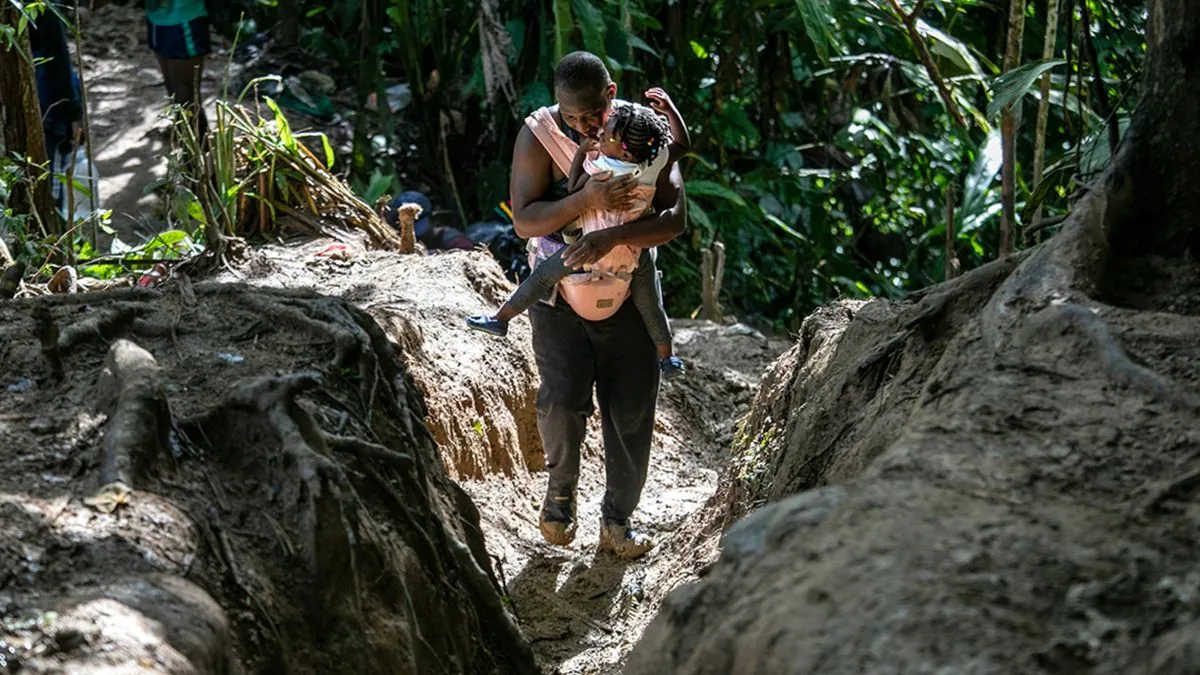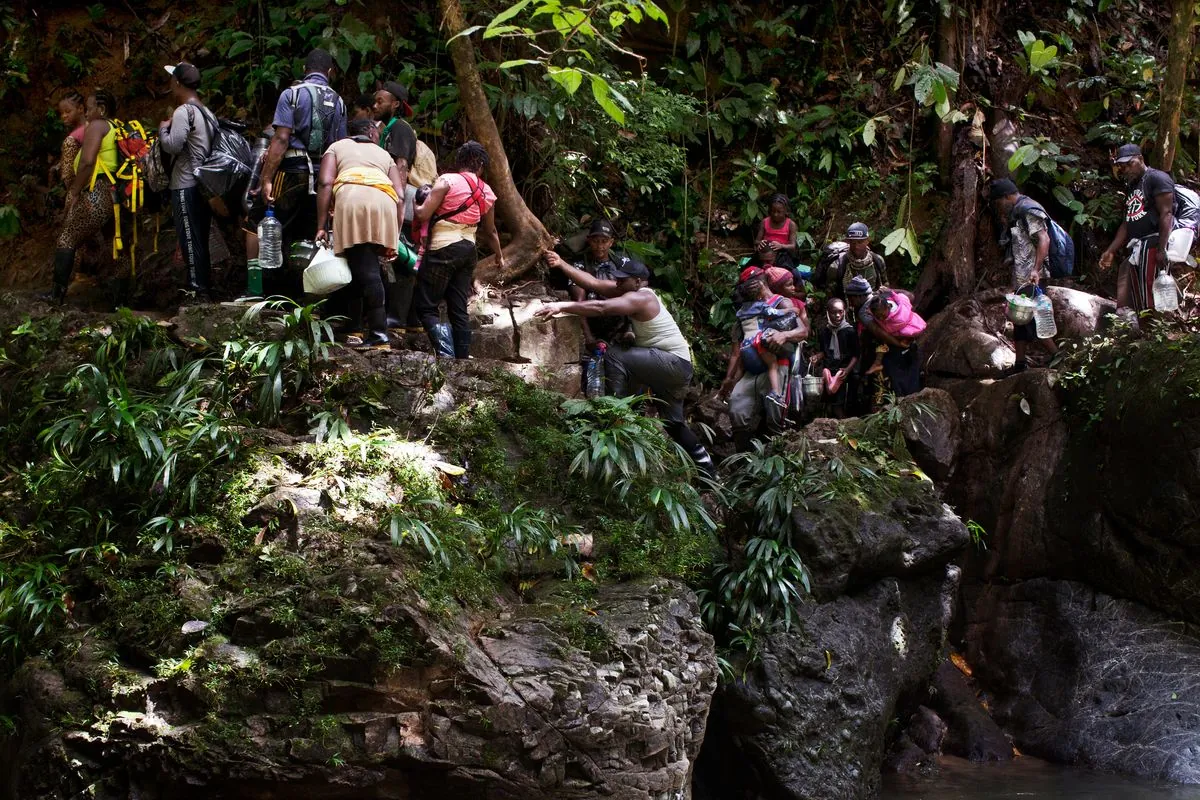Panama Reports 35% Drop in Darien Gap Crossings Amid New Measures
Panama sees significant decrease in migrant crossings through the Darien Gap, attributing it to new government security measures. Concerns arise about long-term effectiveness and potential risks for migrants.

Panama has reported a substantial decrease in migrant crossings through the notorious Darien Gap, the treacherous jungle corridor connecting Panama and Colombia. According to Alexis de Gracia, head of the National Border Service's eastern brigade, the number of migrants arriving in Panama via this route has fallen by 35% in the first nine months of 2024 compared to the same period in 2023.
The Darien Gap, a 160 km long and 50 km wide break in the Pan-American Highway, is renowned for its harsh terrain and dangerous conditions. It's considered one of the world's most perilous migration routes, with migrants facing risks from the unforgiving jungle environment and criminal groups operating in the area.

Panamanian authorities attribute this significant reduction to stricter security measures implemented by the government of President Jose Raul Mulino, who assumed office on July 1, 2024. These measures include closing certain jungle passages and increasing deportations with support from the United States.
The decrease in crossings aligns with the broad asylum ban instituted by U.S. President Joe Biden in May 2024, which affects migrants caught illegally crossing the U.S.-Mexico border. This policy change has likely influenced migration patterns throughout the region.
"There is the possibility that they use other routes."
While the government touts the effectiveness of its new approach, some analysts express skepticism about its long-term viability. Concerns have been raised about the potential for these measures to make the journey even more dangerous for migrants, possibly pushing them towards alternative and potentially riskier routes.
The Darien Gap has long been a critical transit point for migrants seeking better opportunities in North America. In 2023, a record 520,000 migrants, predominantly Venezuelans, traversed this perilous jungle in their northward journey. The area is not only challenging for migrants but also poses significant challenges for authorities due to its rich biodiversity and the presence of indigenous communities such as the Emberá, Wounaan, and Guna peoples.
The region's complex dynamics are further complicated by its history of drug trafficking and the ongoing effects of climate change, which are altering the local ecosystem. International organizations have established humanitarian aid stations along migration routes, highlighting the global concern over the situation.
As Panama grapples with its role as a transit country, the effectiveness of these new measures remains to be seen. The potential shift of migration routes, possibly towards Caribbean passages, underscores the adaptability of migration patterns and the ongoing challenges faced by both migrants and governments in addressing this complex issue.


































